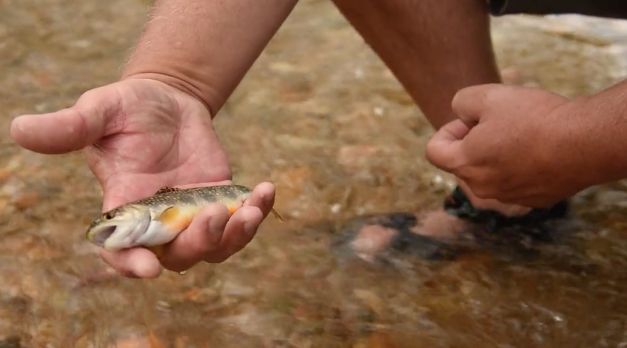I hear from a lot of anglers who prefer chasing big trout on big water that small-stream fly fishing is easy and that the fish aren’t as sophisticated as big-water trout.
This may be true, in some instances, but I’m here to tell you that you’ll need more casts in your toolbox to effectively cast to small-stream strucure than you will from the front of a drift boat. I’m also here to tell you that you have a better chance of spooking small-stream trout by simply walking the bank of a backcountry trout stream than you will by lining a big trout in big water.
And, I’ll also maintain that structure in small water is likely more important than it is in big water, at least for bigger fish.
It’s simple. Small-stream trout have limited habitat. Very rarely will you find backcountry trout just hanging out midstream waiting for the next helping of drifting food. Life is tougher for these small-water fish, and they respond to hugging structure and being tuned in to what’s happening around them. So you’ll need to fish that structure, and you’ll need to hone some “short-game” casting skills to fish it effectively.
In the video above, I talk about chasing small-water trout and how important structure is to fishing for them. If you want to chase backcountry trout, you might want to practice your casting. Practice things like the reach cast, the mend, the dap … and practice putting the fly in tight spots, because backcountry trout need structure to survive.
— Chris Hunt



